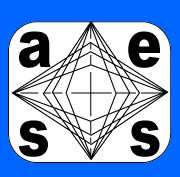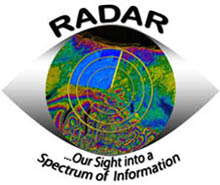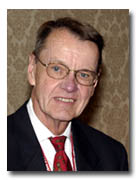  |
2006 IEEE Radar Conference |
|||||||||||||||||||||||||||||||||||
|
April
24 - 27, 2006
|
Turning
Stone Resort and Casino
|
Verona,
NY USA
|
||||||||||||||||||||||||||||||||||
|
||||||||||||||||||||||||||||||||||||
|
|
| Announcements Call for Papers -PDF version Important
Dates Keynote
Speaker About
the Area Logo background image courtesy NASA/JPL-Caltech. |
|
Tutorial
2.3 Radar
Systems Performance Modeling Synopsis: This course addresses needs of radar system analysts, engineers, and simulation programmers for simple, yet descriptive models for evaluating radar system performance. The course provides and explains equations, computational methods and data for modeling radar performance at the system level, and provides insight on how to use the models in radar system analysis. The course is based on the instructor's book: "Radar System Performance Modeling, Second Edition", and addresses radar analysis parameters; radar waveforms; the radar equation and the detection process; radar search, measurement and tracking modes; and the impact of the environment and countermeasures on radar performance. No advanced mathematics or specialized radar engineering knowledge is required.
|

